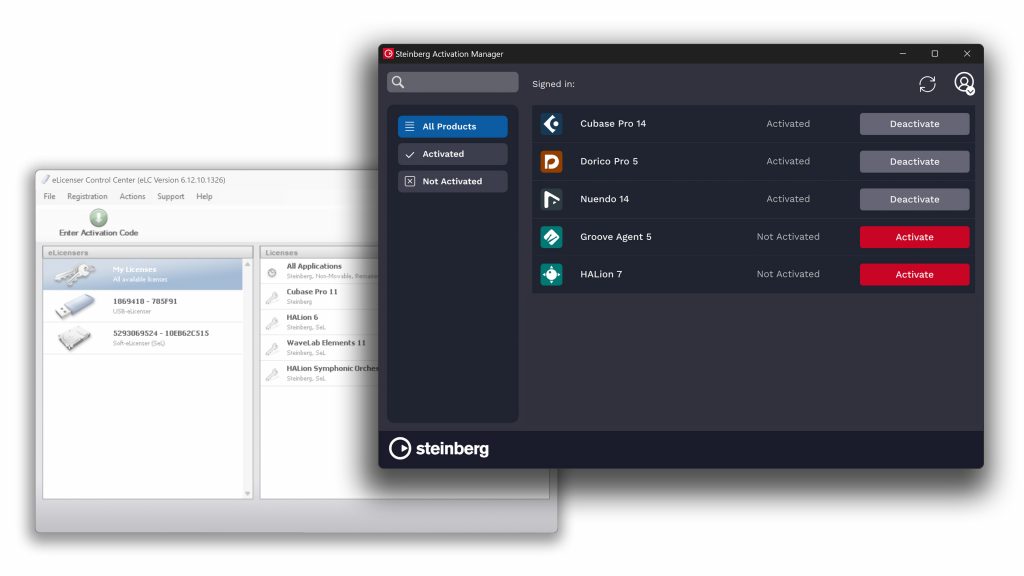Softube already has an excellent tape-echo on its program, but the developers behind the Swedish software are...
Month: December 2024
After the success of Aurora and Plasma, iZotope continues on the beaten path and presents Cascadia, an...





